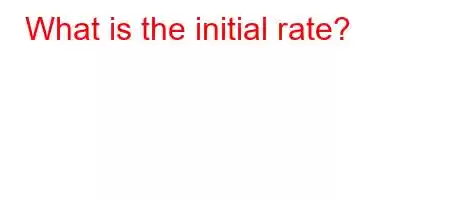What is the Lifeguards Start rate?
Contents
What is the initial rate?
The initial rate is the highest in all reactions. The instantaneous speed decreases continuously over time. The average velocity calculated from the beginning to the end of the reaction may also be less than the initial velocity and greater or less than the instantaneous velocity. Homogeneous phase reactions are those in which all the substances in the reaction are in the same phase.
Which reaction is faster?
FACTORS AFFECTING THE REACTION RATE: Reactions between ions are faster than those between neutral atoms. Reactions between ions with opposite charges are faster than those between ions with the same charge.
How to reduce the rate of reaction?
In gas phase reactions, with the increase in pressure (decrease in volume) ) rate of reaction increases, with decrease in pressure (increase in volume), rate of reaction decreases.
What changes the rate of reaction?
Increased substance concentration causes an increase in reaction rate. The reaction rate constant (k) does not change with concentration. By increasing the temperature, the average kinetic energies and particle velocities of the particles are increased. When the temperature increases, the number of effective collisions per unit time increases and the reaction rate increases.
Does the temperature affect the reaction efficiency?
As the temperature increases, the average kinetic energy of the particles and the particle velocity are increased. When the temperature increases, the number of effective collisions per unit time increases and the reaction rate increases.
Which step determines the reaction rate?
Reactions that take place in more than one step are called mechanistic reactions. 1. The slow step determines the reaction rate. 2. The slow step with the higher activation energy is the fast step with the lower one.
How is the rate relation written in mechanized reactions?The rate of a reaction is determined by the slowest step. Accordingly, its rate is k[NOCl2] . It should be in the form of [NO]. The activation energy of the slow step is greater.
What affects the reaction rate?What changes the reaction mechanism?
In gas phase reactions, the reaction rate increases with an increase in pressure (volume decrease), and the reaction rate decreases with a decrease in pressure (increase in volume). Substances that leave unchanged at the end of the reaction are called catalysts.
Read: 201


